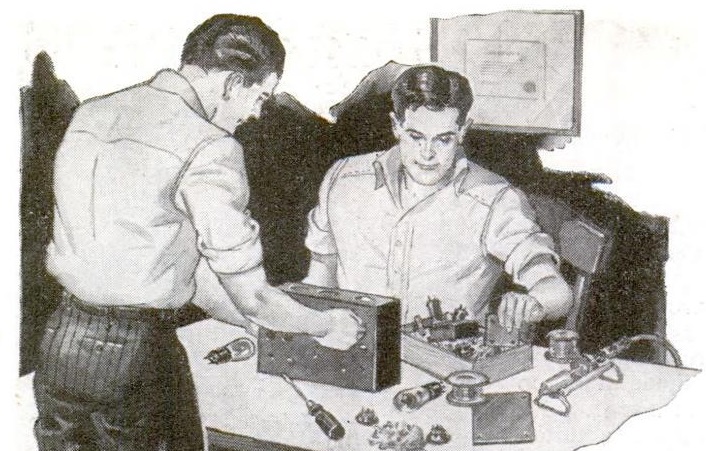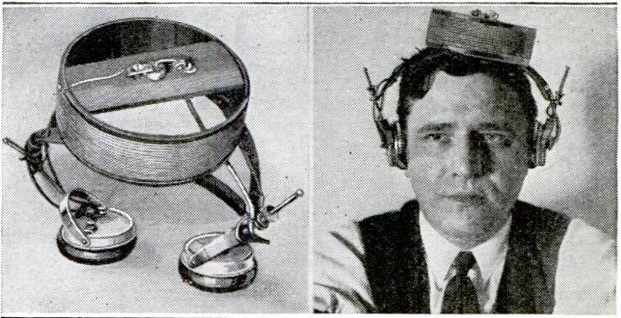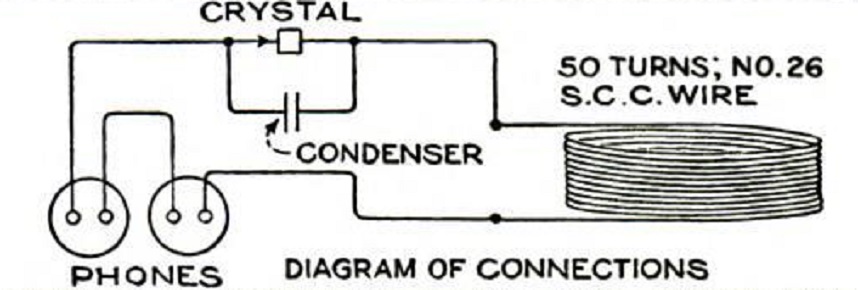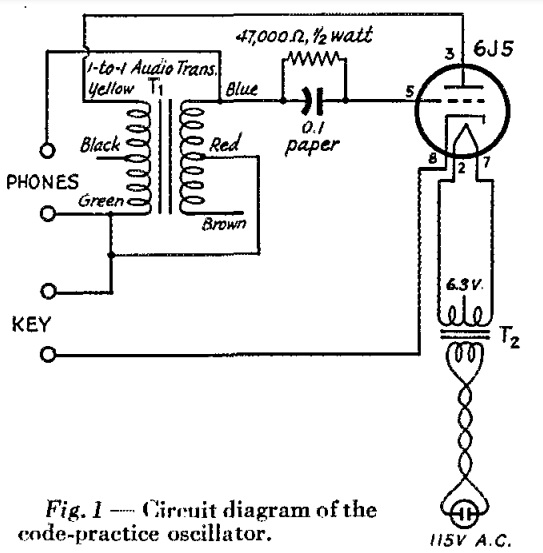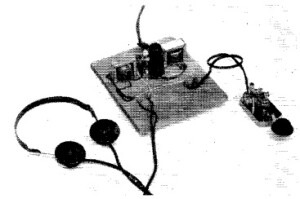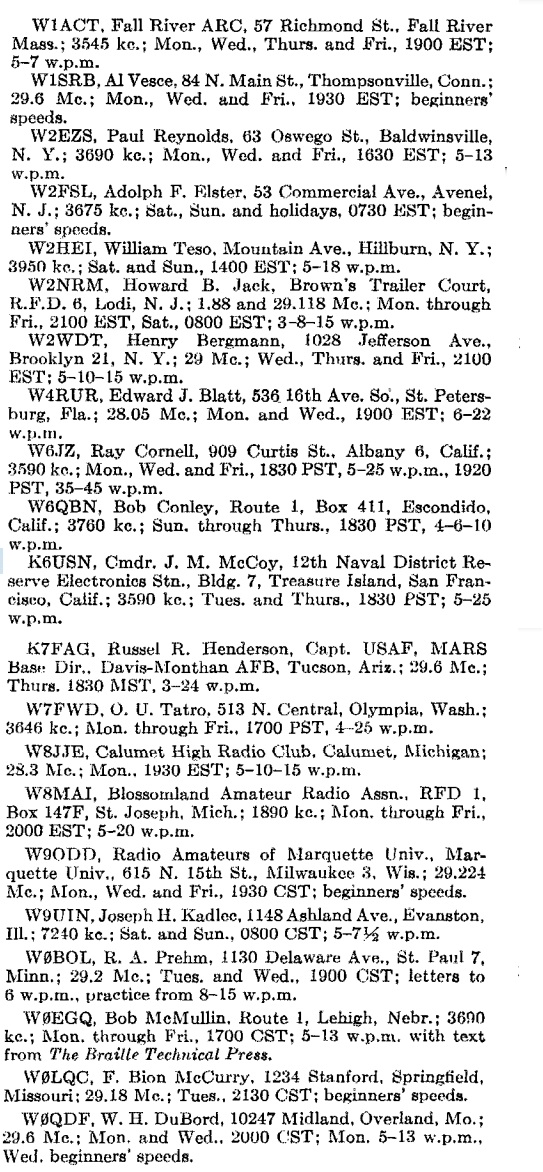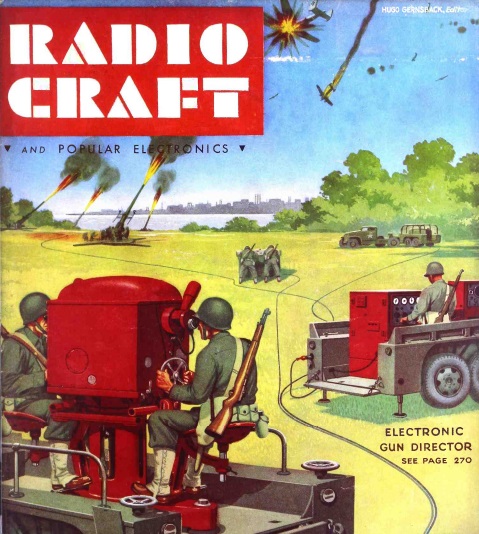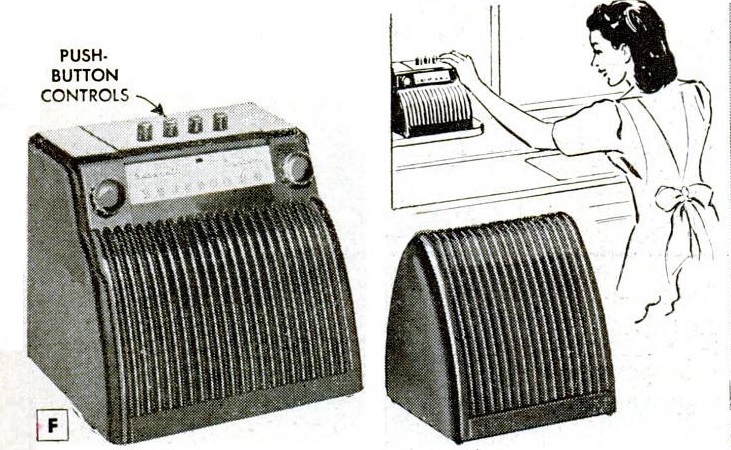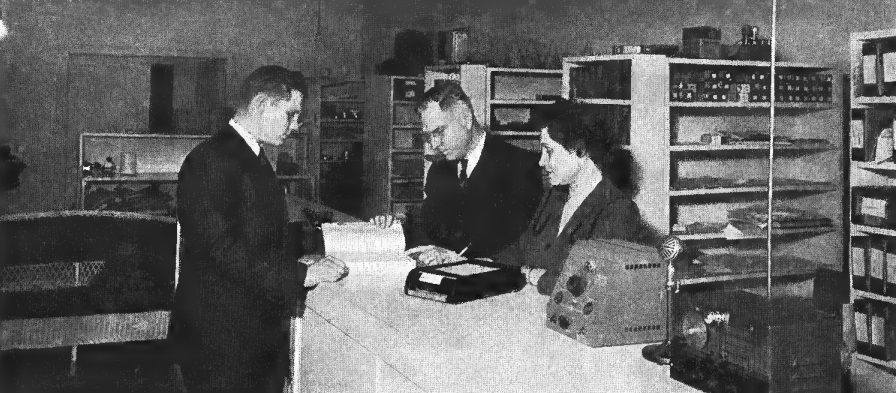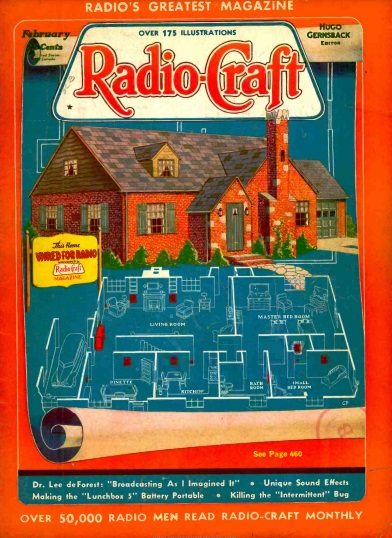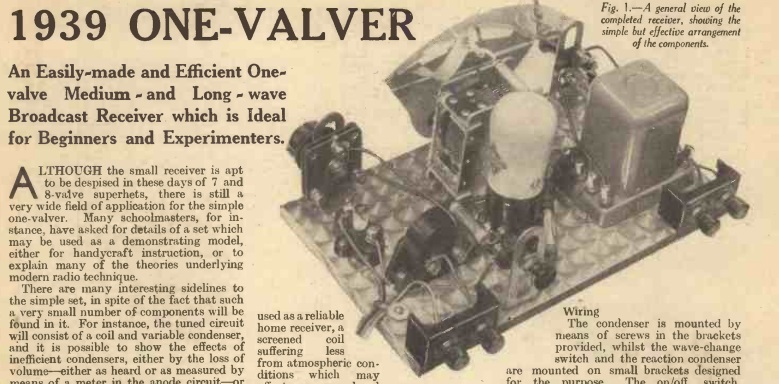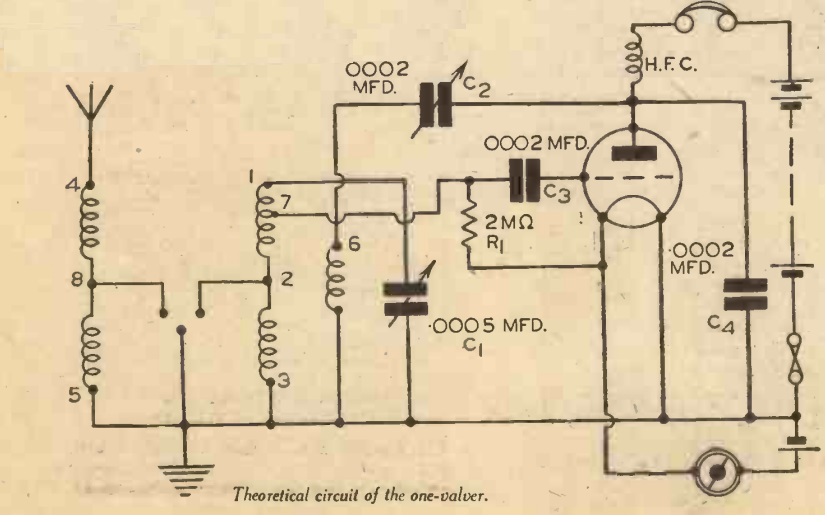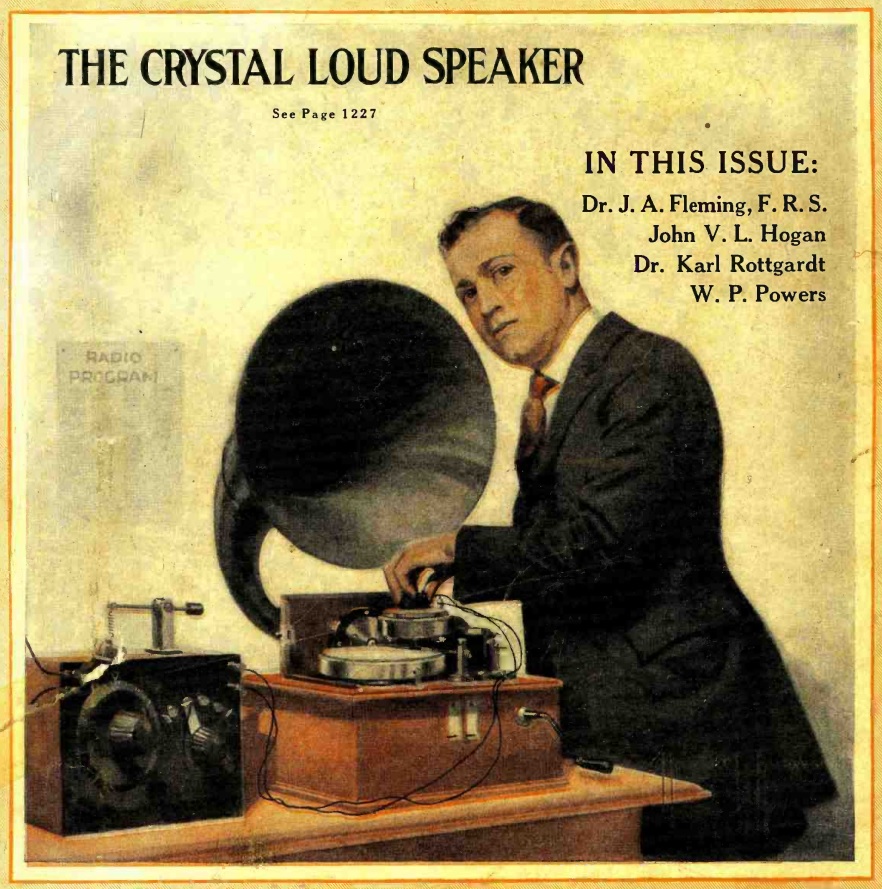 A hundred years ago this month, the March 1924 issue of Radio News showed the holy grail of crystal sets: One that would provide the elusive loudspeaker volume without any tube amplification. It didn’t require any electrical power, but as the hand crank indicates, it did require mechanical power.
A hundred years ago this month, the March 1924 issue of Radio News showed the holy grail of crystal sets: One that would provide the elusive loudspeaker volume without any tube amplification. It didn’t require any electrical power, but as the hand crank indicates, it did require mechanical power.
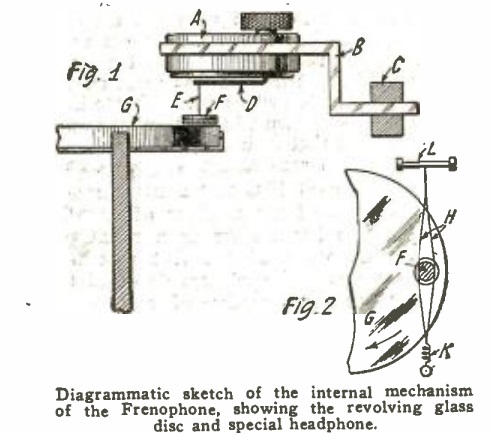 The device was dubbed the Frenophone, and was invented by S.G. Brown of the company S.G. Brown, Ltd., of England. It worked as follows, referencing the diagram at left:
The device was dubbed the Frenophone, and was invented by S.G. Brown of the company S.G. Brown, Ltd., of England. It worked as follows, referencing the diagram at left:
An ordinary Brown telephone receiver, A, with adjustable magnets, is attached to a metal arm pivoted at B, and weighted at the end with counterbalance C. To the reed D and the receiver are attached the steel needle E to whose end is fastened a small disk F covered on the bottom with cork. This small disk is directly above a perfectly level glass plate G. The glass plate, in turn, is mounted on the shaft of a phonograph motor so that it may be slowly revolved. The disc F, as shown in Fig. 2, is suspended by threads H near the edge of the glass plate G. The two threads terminate at the center of the diaphragm L which is the diaphragm of the loud speaker.
According to the magazine, the instrument required very fine adjustment. But once it was set up, it worked satisfactorily, and frequent adjustment was not necessary. If you want to see one in person, you can do so at this London museum.

